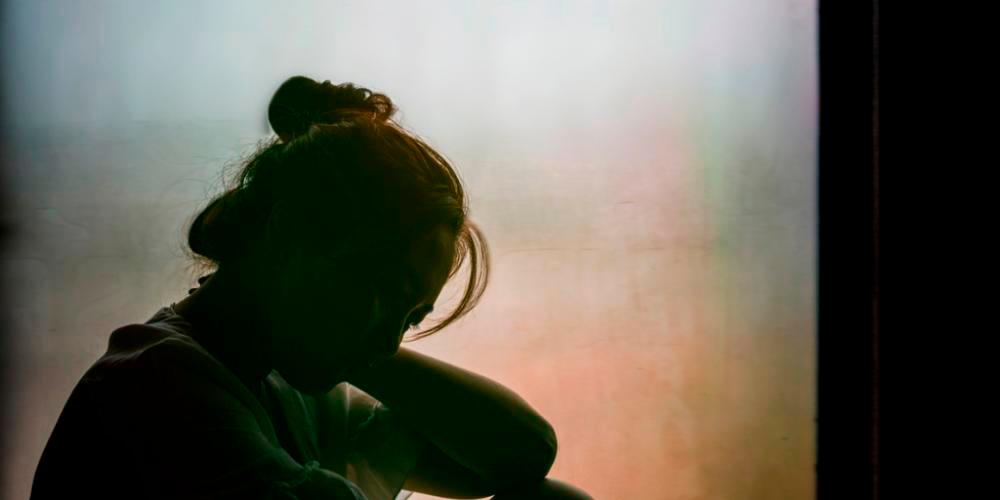CULTURE has a significant impact not only on the presentation and treatment of mental illnesses but also on society’s reactions to them.
Human distress is usually perceived by people in traditional cultures as something that indicates the existence of an important problem in their lives rather than as a mental illness requiring medical intervention.
Because of this, the diagnosis of depression might not occur as often as it would for other illnesses.
Many languages do not have a word or even a concept for depression.
People who belong to cultures that view depression as an illness tend to focus on the physical symptoms as a health condition, such as headaches, backaches, or shortness of breath, and not as mental distress.
Some behaviours are seen as normal. So, for example, if someone feels sad or anxious they may be told to stop being foolish and get their act together.
There is growing evidence suggesting that there are significant barriers to the receipt of mental healthcare compared with physical healthcare.
About 70% of young people worldwide who suffer from mental illnesses do not get any help from professionals.
True prevalence refers to the number of people who actually suffer from a condition, treated prevalence refers to the number who receive medical care for their conditions.
Studies show that there is a gap that needs to be bridged between these two prevalences.
Stigma has been portrayed by the Scientist of Global Responsibility as the “most formidable obstacle to future global improvement in the field of mental health and well-being”.
It is a cluster of negative beliefs and stereotypes that motivates the general public to be afraid, reject, avoid, or discriminate against people who suffer from mental illnesses.
As a result of societal stigma, people with certain mental illnesses internalise public attitudes and are so embarrassed or ashamed that they often do not disclose their condition or take medication.
Stigma also makes them feel less capable and isolated, which results in lower self-esteem and increased feelings of hopelessness.
Mental health stigma is so powerful that it affects both the self-esteem of individuals who suffer from mental illnesses and their families.
Stigma is often associated with shame and disgrace in our Asian society, which may lead to diminished marital and economic prospects.
Even discussing stigma raises challenges for researchers. Respondents were asked to answer questions regarding their attitudes toward people who had mental health issues.
Respondents generally view mentally ill individuals as being in control of what happens to them and responsible for themselves.
Stigma does prevent most people from seeking treatment for mental health issues.
Stigma and prejudice often go hand in hand. However, because of the complex multifaceted nature of stigma and prejudice, and the resulting obstacles to accessing health services, the solutions for reducing these issues will need to be equally varied.
Mental health care needs to be delivered through a variety of different types of practitioners in a wide range of different settings and sectors.
There are settings ranging from homes and communities to institutions, and these sectors cover public or private primary care or speciality care.
Community services available these days are vastly different from the institutional orientation of the old days.
The proposal for a National Mental Health Centre of Excellence by the Health Ministry was made at the right time.
Once successfully launched, this centre will help support the national strategic plan for mental healthcare by providing mental healthcare at all levels, including community-based mental healthcare, thus, promoting deinstitutionalisation.
To be culturally competent, mental health services must start by ensuring that their policies and procedures meet the needs of diverse populations.
This includes having a diverse team and offering opportunities for training and development for everyone.
By providing access to culturally appropriate resources such as interpreters, support and treatments, people who interact with mental health professionals better understand what is going on during their sessions.
By considering cultural factors when diagnosing and treating patients with severe mental illness, mental health professionals can better understand how these factors affect their client’s experiences, treatment-seeking behaviour and responses to medications.
Mental health professionals can use various strategies to improve their ability to provide culturally competent services, including developing an awareness of the ways that culture impacts people who experience mental illness, improving their interpersonal skills and changing organisational policies and practices.
Dr Praveena Rajendra is a certified mental health and awareness practitioner specialised in narcissistic abuse recovery. Comments: letters@thesundaily.com











